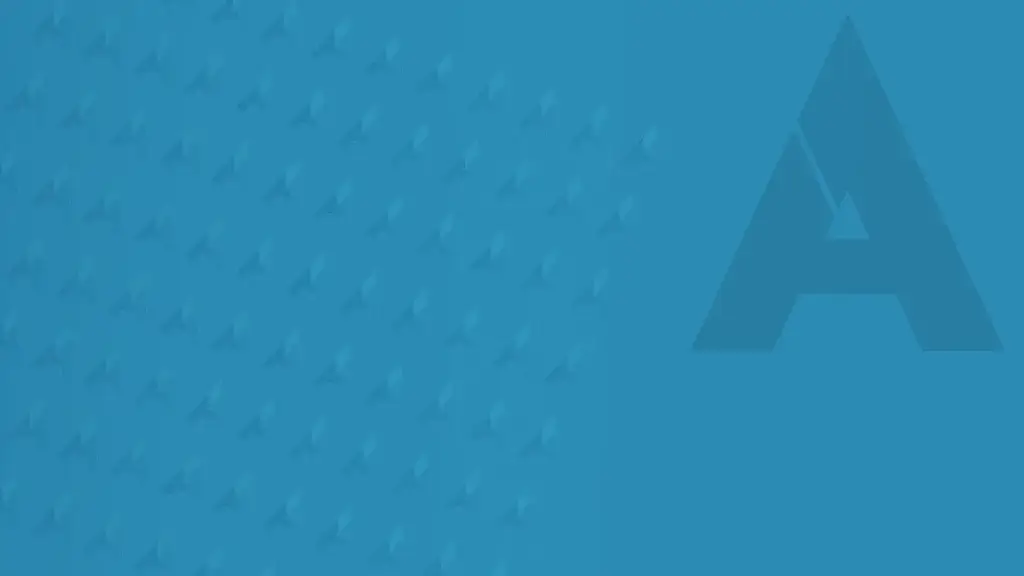
North Carolina Termites: Identification Guide
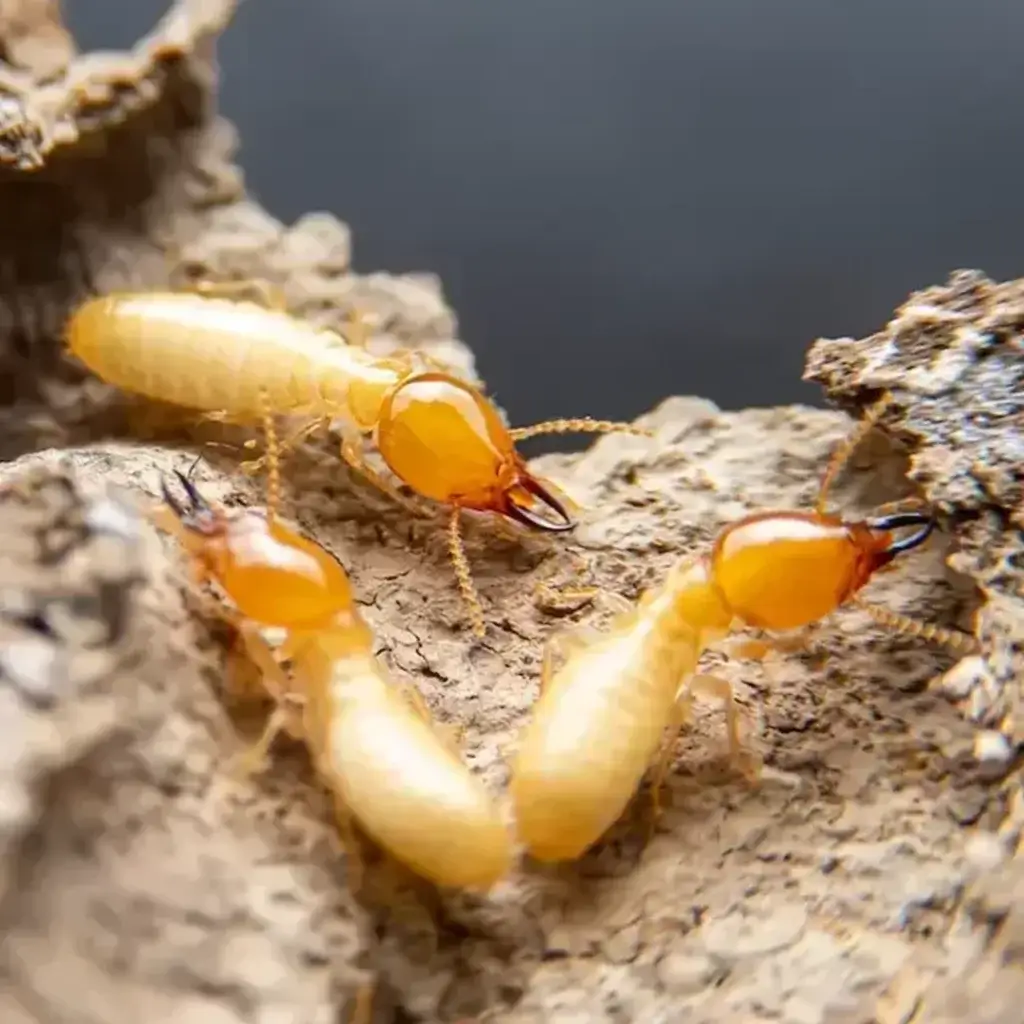
Bug Identifier: Know Your Termites
Worried about termites in your North Carolina home? Termite identification can be difficult, as these little pests are almost always hidden within doors and walls. They’re typically only discovered after the damage has been done—but it doesn’t have to be that way in your home.
Knowing how to identify termites in your home, and how to spot the signs of them early, is key to avoiding severe and expensive damage to your home. Luckily, there are a few tell-tale signs that give these guys away, so you can cut them off at the pass.
Termite Identification in North Carolina
North Carolina’s warm and humid climate is ideal for attracting termites, so brushing up on your termite identification knowledge might come in handy more often than you may think. The three termite species commonly found in North Carolina are fairly similar, but differentiated by a few key characteristics.
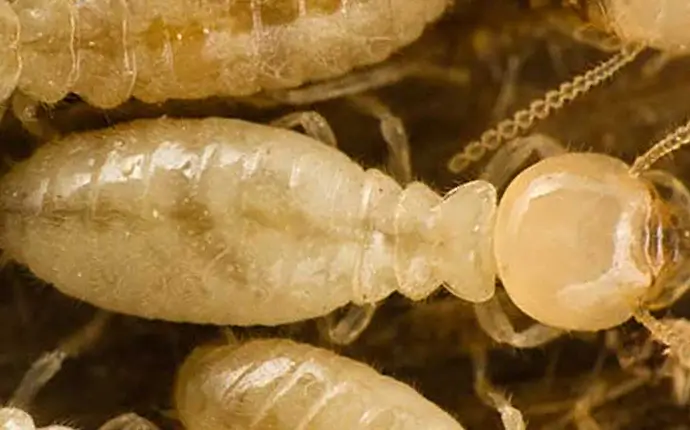
The Eastern Subterranean Termite
Eastern Subterranean Termites are the most common in the Tar Heel state. They are cream-colored and soft-bodied, and usually about an eighth of an inch long. Most do not have wings, and even the swarmers who do are poor flyers.
These termites are only capable of traveling through the ground, and use mud tubes made from soil to travel up walls and infest homes.
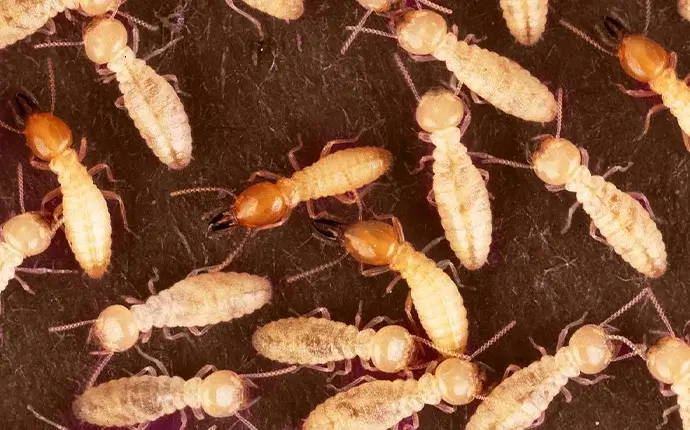
Formosan Subterranean Termites
The second most commonly found termite in North Carolina, the Formosan Subterranean can be identified by its pale yellow or brown bodies, as well as its slightly larger size. These termites have wings, and are stronger flyers than their eastern relatives.
They also travel through the ground, and can be found in damp, dark spaces like closets, attics, and crawl spaces.
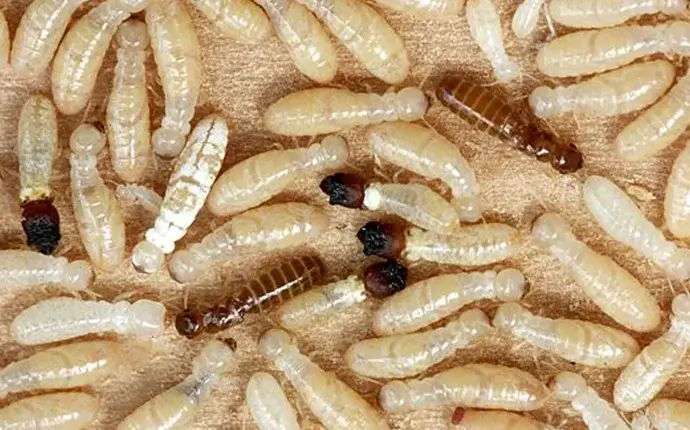
West Indian Powderpost Termites
While most of North Carolina’s termites are attracted to damp wood, the West Indian powderpost termite can almost always be spotted near wood with a low moisture content, like furniture.
They may be yellow, reddish, or brown in color, with iridescent wings that help them swarm in late spring and early summer.

Signs of Termites
The first signs of termites are very rarely the termites themselves. Instead, most homeowners are likely to notice the evidence of a termite infestation long before they see a swarm.
If you spot any of these in your home, it may be time to call out an expert to perform a thorough termite inspection:
- Drooping drywall
- Peeling paint
- Hollow-sounding wood
- Small holes in drywall
- Buckling hardwood floors
- Damaged wood
You might also notice piles of wings left behind on windowsills after a swarm, or mud tubes on the foundation or walls of your home.

Termite Facts:
How Fast Do They Eat Through Wood? A House?
Termites can eat through wood very quickly, though the exact rate depends on the size of the colony and the species of termite at work. When it comes to North Carolina’s most common variety—the Eastern subterranean termite—one colony of about 60,000 can eat at a rate of up to one-fifth of an ounce of wood in 24 hours. The average colony actually contains around 300,000 workers, which put the rate of consumption at about one cubic foot of wood per year.
So what does that mean for damage done to a house? An average termite colony can do dangerous and significant damage to your home in anywhere from three to eight years. It’s rare for termites to do so much damage to a home that it is beyond repair, but not impossible in cases of neglect for many years.
How Many Eggs On Average Does a Termite Lay in Its Lifetime?
The queen is the only member of a termite colony who lays eggs. That may sound like good news for their rate of reproduction, but the fact of the matter is quite the opposite: A queen produces one egg every three seconds. That’s around 30,000 eggs per day.
Termite queens live to be between 10 and 20 years old. When you do that math, you end up with up to more than 200,000,000 eggs over the course of a lifetime.
How Many Termites On Average Are in One Swarm?
There are usually anywhere between 20 and 100 termites in one swarm.
While a termite colony might contain as many as 50,000 members, only a portion of these are known as “swarmers”. These swarmers emerge from their nests in the swarming season—usually late spring or early summer—to mate. When they do, they shed their wings and the new couples head off to become king and queen of a new colony.
How Fast Do Termites Reproduce?
Termites reproduce very quickly: a termite queen can produce one egg every 3 seconds.
What Is the Average Lifespan of a Termite?
The average lifespan of a termite varies depending on their role within the colony. A worker or soldier will live only between one and two years, but queen termites typically live between 10 and 20 years.
National Average Cost of Termite Destruction?
On average, homeowners pay between $4 and $7 per foot of their home to repair termite damage. That’s around $3,000 in most cases.
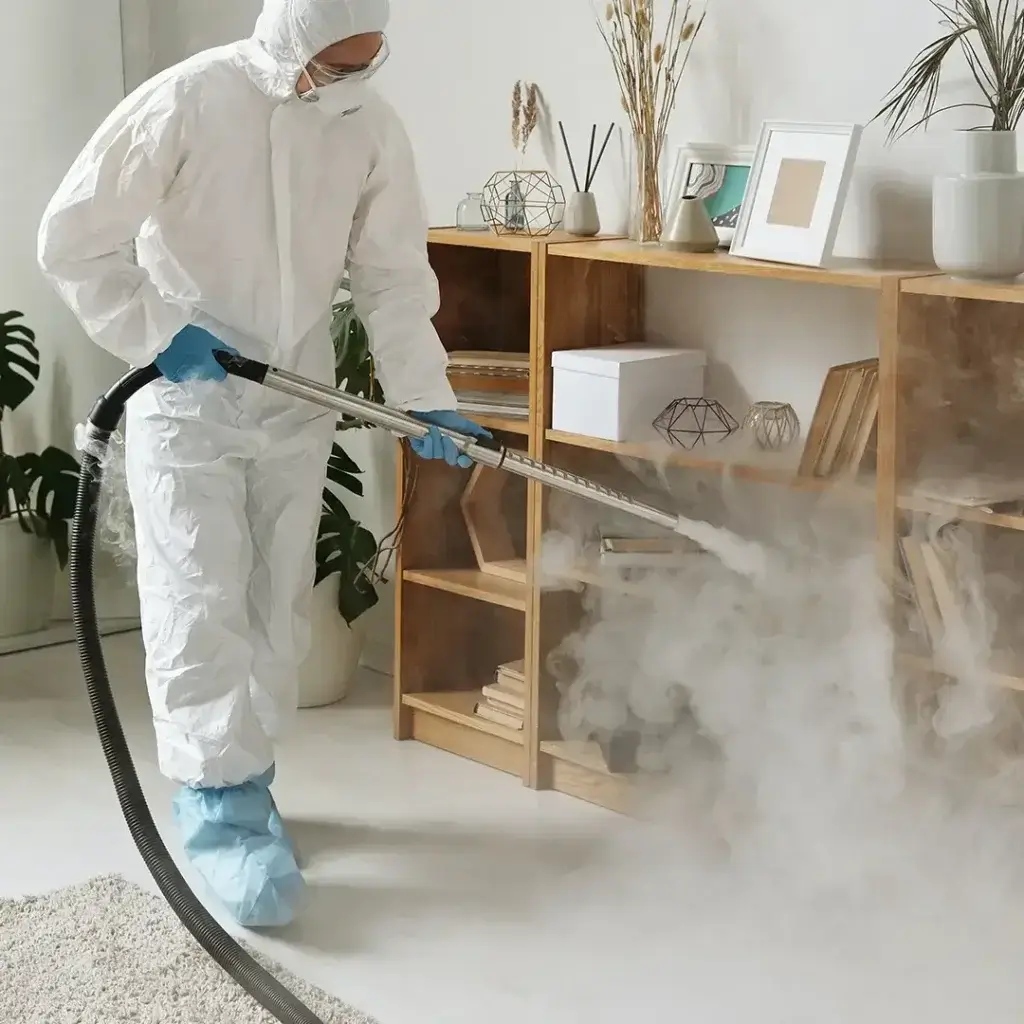
What to Do if You Have a Termite Infestation
If you have noticed the signs of a termite infestation in your home, or you’ve seen them around your property, it’s important to take action as soon as possible. The longer you wait to tackle the problem the worse it becomes—and the more expensive the solution gets.
You can opt to set up termite bait traps around your home, focusing on areas where you see the most damage. You can find these online at specialized retailers, or at department stores like WalMart.
You may also use a termiticide to address the issue. These products are chemicals that can be sprayed along the perimeter and foundation of a home to kill termites, and are typically effective. Many are safe for indoor use, but make sure to check the instructions to be sure, and keep it away from children and pets.
In most cases the best course of action for a termite infestation is to bring in the professionals. Experts like those at A-1 Pest Control have the experience, knowledge, and cutting edge technology to address the problem quickly, safely, and efficiently.
Our process includes a thorough home inspection to determine the type of termite, severity of the issue, and best course of action for extermination. We offer the latest products from the best in termite extermination, like Sentricon and Termidor, as well as pre-treatment services and year-round check-ins.
Helpful Termite Articles
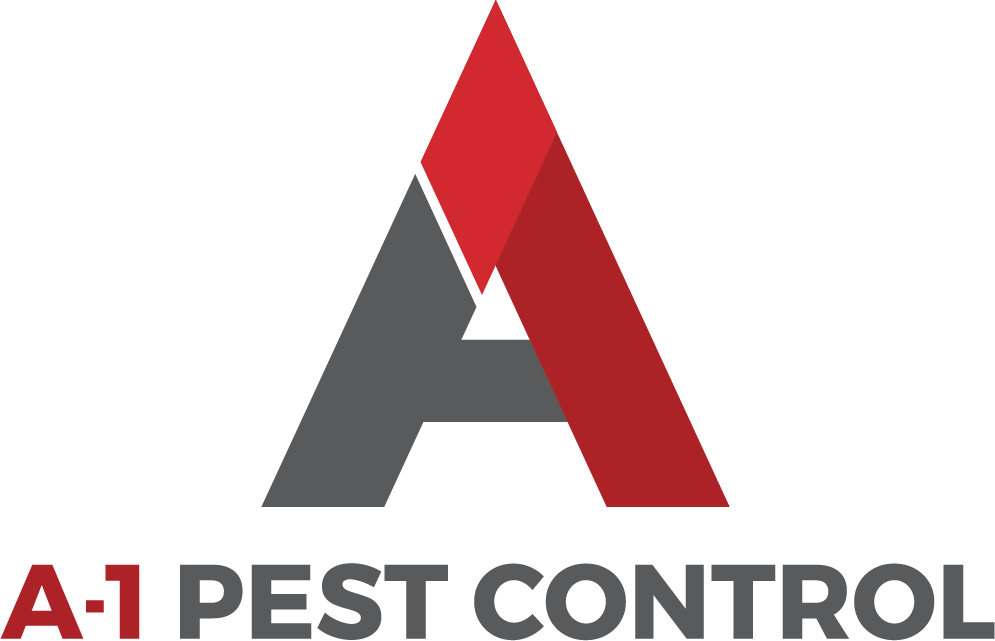
About A-1 Termite Control
If you’re looking for comprehensive termite control in North Carolina, A-1 Pest Services has you covered, from prevention to extermination. Our family owned and operated company has been taking care of our community for over 50 years, with pest control plans that tackle everything from termites to ticks to nearly any pest you can think of. Our commitment to quality work and continued education has set us apart for decades, and we are proud to help our neighbors create happier, healthier homes.
Contact us today to learn more about our termite control plans and schedule your free inspection!
Recommended Program for This Pest:
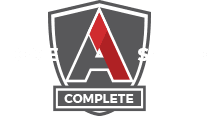
Initial Treatment
Only $
What's Included:
- Year-Round Protection
- Covers 15+ Pests
- Free Re-treatments
- Stinging Insect Control on the Structure
- Seasonal Mosquito Treatments
- Sentricon Termite Protection
- 10 Treatments
- Outdoor Tick & Flea Control
- Indoor Flea Treatments
- Fire Ant Control
Contact Us
Please fill out this form and we will get back to you shortly.
"*" indicates required fields

